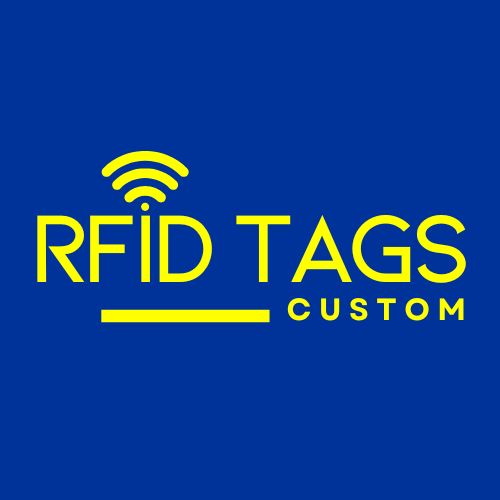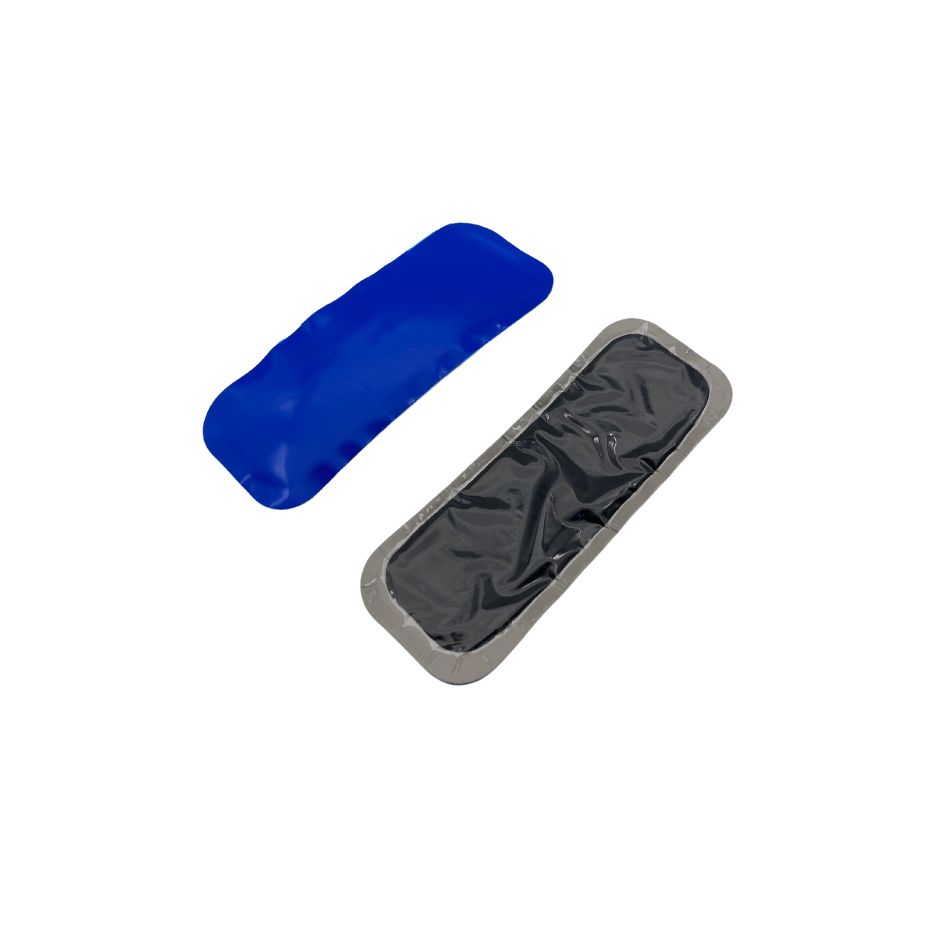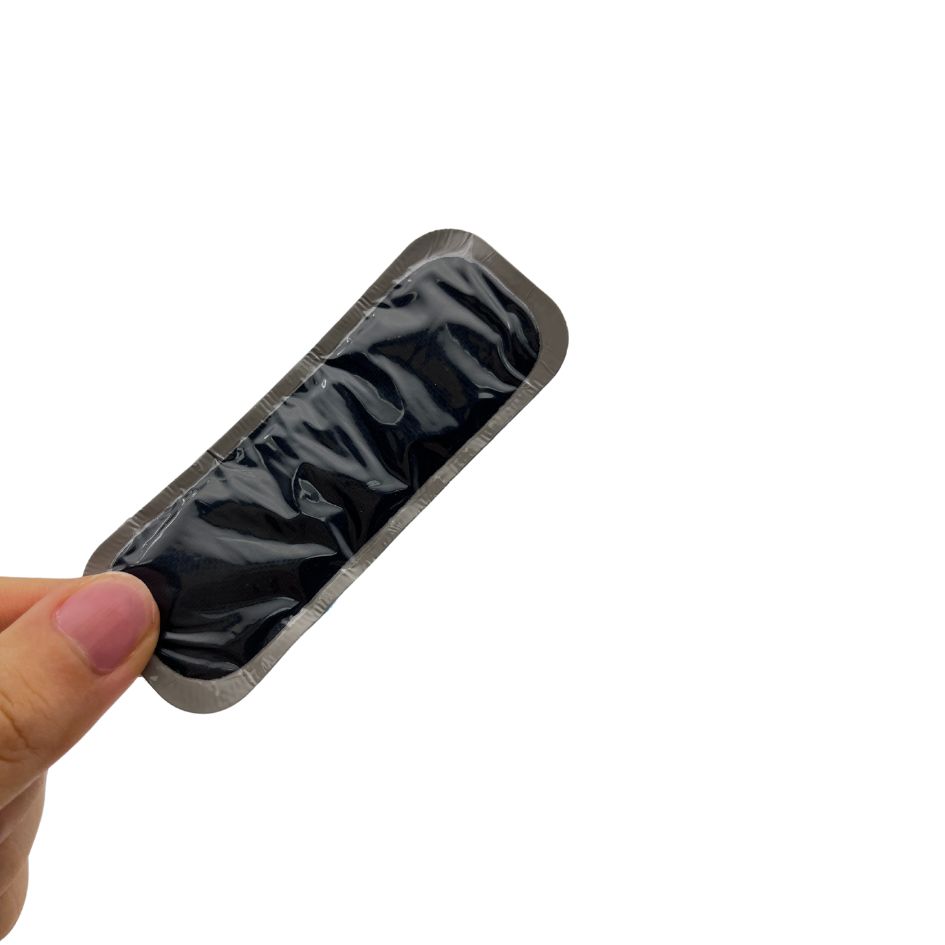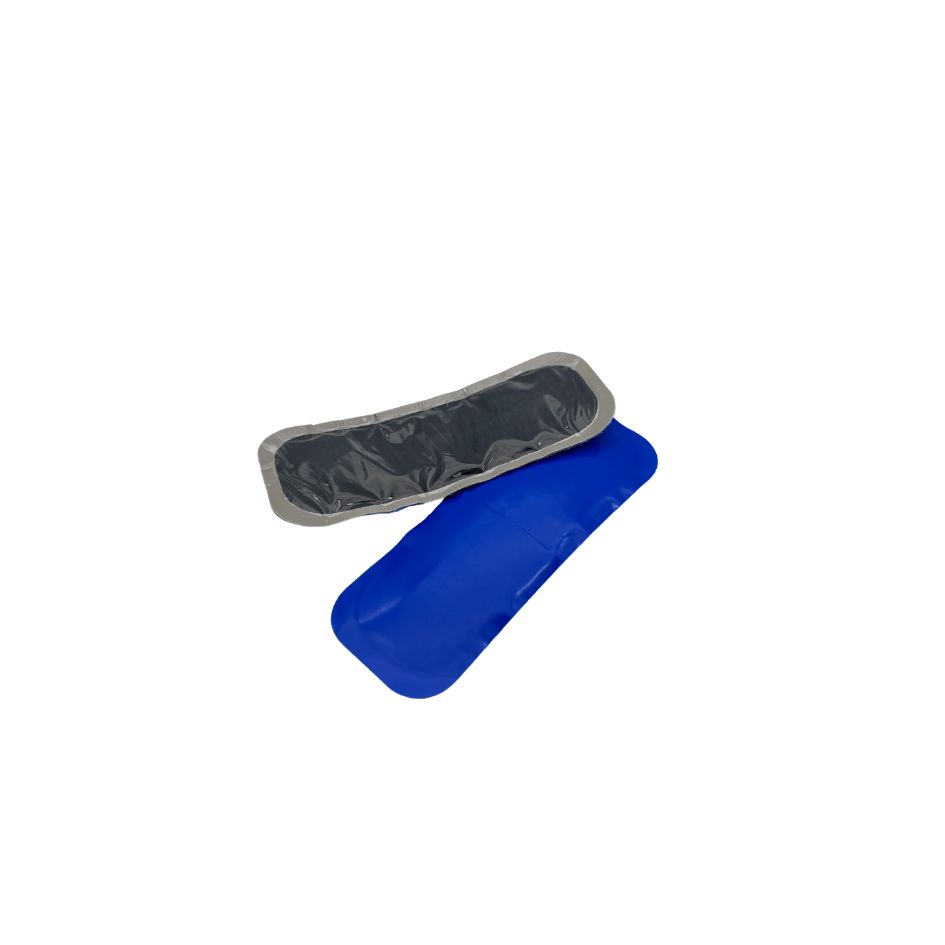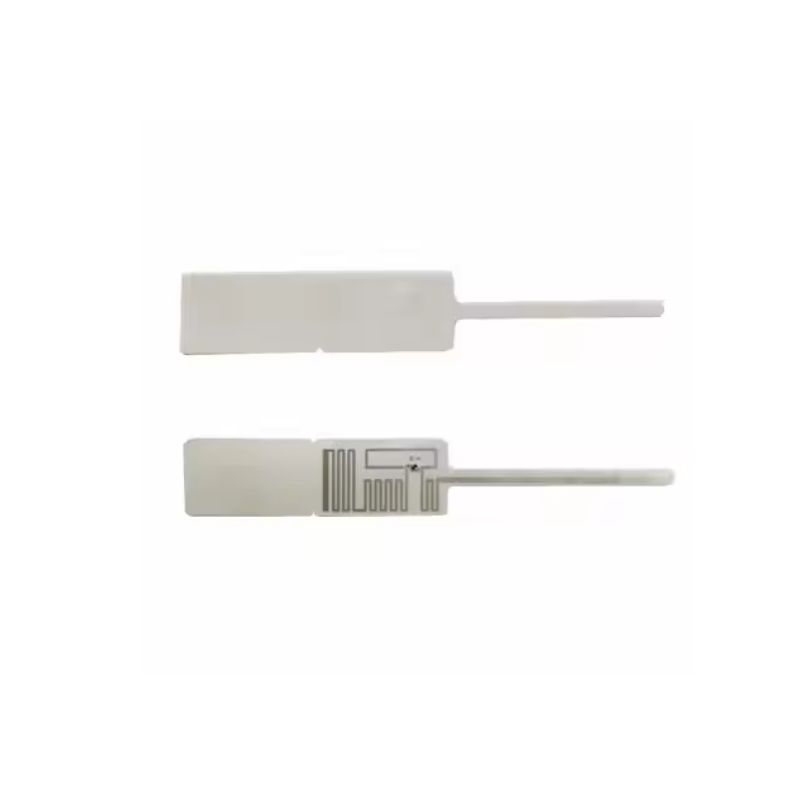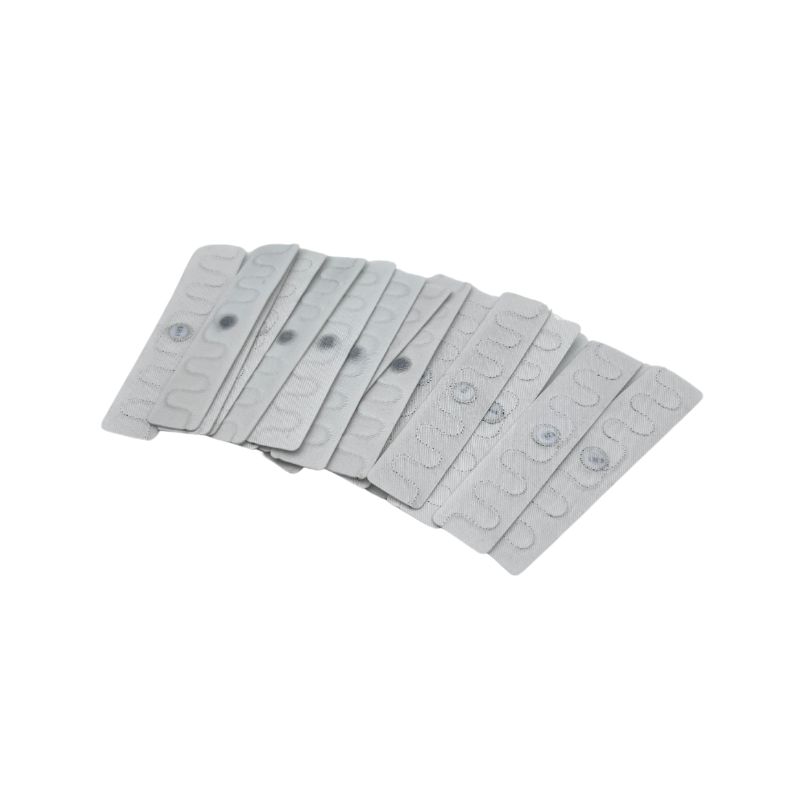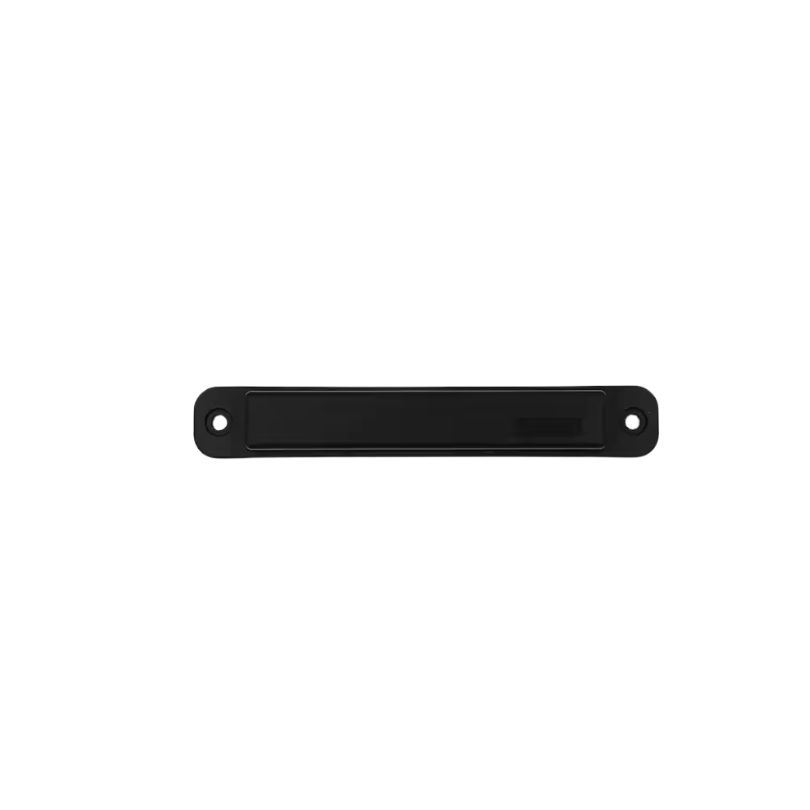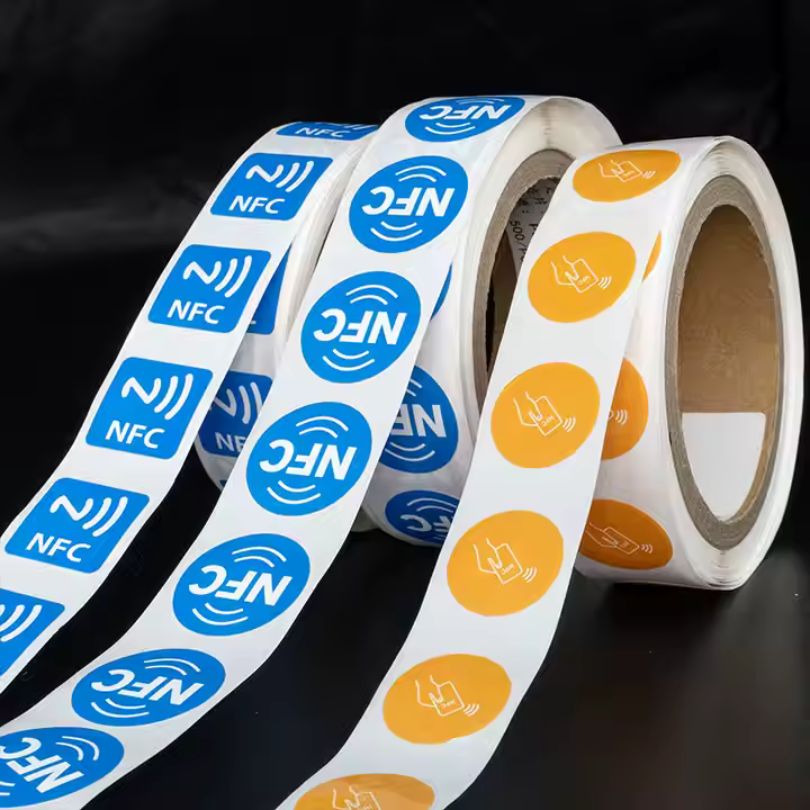
RFID Tag in Car Industrial Durable Labels Tire UHF Tags
RFID Tag in Car: Enhancing Vehicle Access Control and Security
RFID tag in car, particularly Tire UHF Tags and car RFID tags, are revolutionizing vehicle access control and security systems. These advanced technologies utilize radio frequency identification (RFID) to provide seamless and secure access to vehicles, making them an essential component for modern automotive applications.
By integrating RFID tags into your vehicle management system, you can enhance security, streamline access control, and improve overall operational efficiency. This guide will explore the benefits of RFID tags in cars, their specifications, and their applications in various settings.
Key Features of RFID Tag in Car
Seamless Vehicle Access Control
RFID tags are designed to facilitate vehicle access control in a variety of environments, including gated communities, parking lots, and corporate facilities.
These passive RFID tags are affixed to the vehicle’s windshield or attached to the tires, allowing for automatic identification as the vehicle approaches a gate or access point. The RFID system works by using a reader that emits radio waves, which activate the tag and transmit unique identification data back to the reader.
This process enables secure access without the need for manual intervention, enhancing convenience for users.The integration of RFID technology into vehicle access control systems not only improves security by preventing unauthorized access but also streamlines the entry and exit process. As vehicles approach the gate, the RFID tags work seamlessly to grant access, reducing wait times and improving traffic flow.
Enhanced Security and Tracking
One of the primary advantages of using RFID tags in vehicles is the enhanced security they provide. These tags offer a layer of security that traditional keys or access cards cannot match.
By utilizing UHF RFID technology, these tags can be read from a distance, allowing for real-time tracking of vehicles. This capability is particularly beneficial for property managers and security personnel, as it enables them to monitor vehicle movements and identify any unauthorized attempts to gain access.In addition to security, RFID tags can also be used for vehicle identification and tracking.
This feature is invaluable for car dealerships and fleet management companies, as it allows them to monitor their inventory and ensure that vehicles are accounted for at all times. The data transmitted by the RFID system can be integrated into existing management software, providing a comprehensive overview of vehicle status and location.
Technical Specifications and Usage Instructions
RFID Tag in Car comes with various specifications tailored to meet different needs. Below is a summary of key technical specifications:
| Feature | Description |
| Type of RFID | Passive UHF RFID |
| Frequency | 860-960 MHz |
| Reading Range | Up to 10 meters |
| Material | Durable, weather-resistant plastic |
| Data Storage | Unique identification data |
| Installation | Affixed to windshield or tire |
Usage Instructions
- Installation: Clean the surface of the windshield or tire where the RFID tag will be affixed. Ensure it is dry and free from debris.
- Affix the Tag: Peel off the backing and firmly press the RFID tag onto the designated area. For tire tags, ensure they are securely attached to withstand movement and environmental conditions.
- Testing: Use an RFID reader to verify that the tag is functioning correctly and can be read from the desired distance.
- Integration: Connect the RFID system to your access control software to manage vehicle entries and exits effectively.
Environmental Impact
RFID tags are designed with sustainability in mind. Many manufacturers are now producing RFID tags using eco-friendly materials, reducing their environmental footprint. Additionally, the efficiency gained from using RFID technology can lead to reduced energy consumption and waste in vehicle management processes.
In conclusion, RFID tag in car, including Tire UHF Tags and car RFID tags, offer a secure and efficient solution for vehicle access control and tracking. Their ability to provide seamless access, enhance security, and facilitate real-time tracking makes them an invaluable asset for various applications, from gated communities to fleet management.
Explore our range of high-quality RFID tags for vehicles today and experience the benefits they can bring to your operations! Fill out the inquiry form for free samples and competitive pricing.
Get Your Custom RFID Tags
As a leading custom RFID tag manufacturer, we craft solutions based on the unique needs of your operation. We offer a wide range of customization options, including material, size, frequency, encoding, and read distance, ensuring each RFID Tag is perfectly customized to your requirements. No matter what application you use RFID tags for, we can provide rugged, reliable RFID tags that meet the highest quality and durability standards. Here are the main ways we customize RFID tags to fit your needs.

Material Selection
Material is key for customizing RFID tags. Plastic works in harsh conditions, while softer materials suit delicate spaces. Different materials also affect signal performance. Pick what fits your use case to ensure your tags last and work reliably.

Customized Size
Size shapes usability. Small tags fit tight spaces or tiny items, while larger tags are easily read. In crowded areas, sleek tags prevent clashes. Align shape and dimension with your goods for visibility, convenience, and performance.

Frequency Requirements
Choose LF, HF, or UHF based on read range, speed, and interference. LF and HF resist metals and liquids but have shorter ranges. UHF offers an extended range yet may face signal blocks. Match frequency to your environment for reliable performance.

Reading Distance
Define the distance at which you have to read the tag. Short distances work for retail checkouts, while warehouses may need meters of coverage. Antenna design, reader settings, and power outputs affect range.Adjust these factors to capture data accurately at the distance you need.

Encode
Plan how data is stored on each tag. Some only hold an ID, while others contain detailed info. Decide if you need a simple EPC or added user memory. Ensure your chosen format works with existing software. Proper encoding streamlines processes and slashes errors.

Application Environment
Consider real-world conditions. Temperature swings, humidity, and chemicals can degrade tags. For outdoor use, opt for UV-resistant casings. In healthcare or food settings, ensure compliance with safety rules. Matching your tags to the environment maximizes their lifespan.
Related Products
Customize any RFID tags from our factory to meet your requirements.
